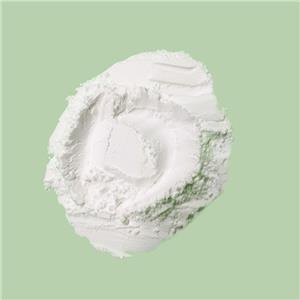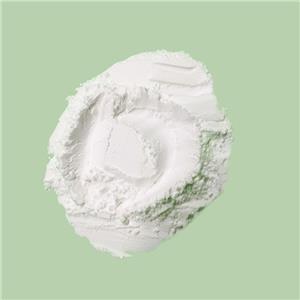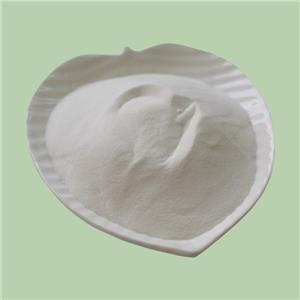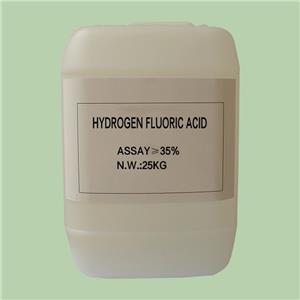Magnesium Fluoride: A Versatile Spectral Reagent
Magnesium fluoride (MgF2) stands out as a crucial substance in various industries owing to its exceptional properties. Particularly notable is its role as a spectral reagent, which has garnered significant attention from researchers and analytical chemists. This article delves into MgF2's properties, its chemical interactions as a spectral reagent, and its diverse applications across different domains.
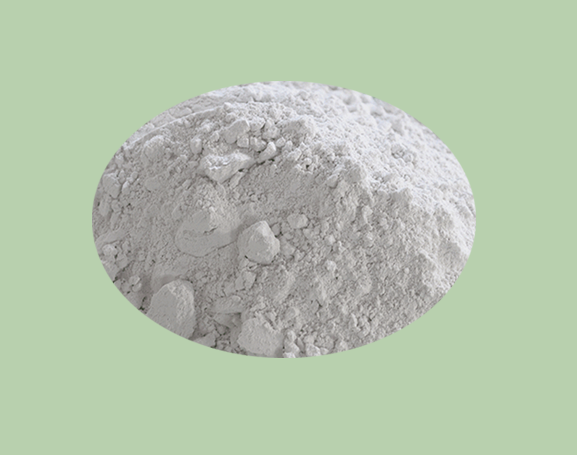
Properties of MgF2 as a Spectral Reagent
MgF2 possesses optical attributes that render it an optimal spectral reagent. Its transparency to both ultraviolet (UV) and infrared (IR) radiation, coupled with a high refractive index, makes it well-suited for applications like optical coatings, windows, and lenses. Additionally, its thermal stability and minimal thermal expansion enhance its resilience against thermal shock. Moreover, MgF2 exhibits low birefringence, making it ideal for applications involving polarizers and wave plates. These characteristics collectively underscore MgF2's versatility in various optical applications.
Chemical Interactions of MgF2 as a Spectral Reagent
In UV spectroscopy, MgF2 serves as a substrate for thin films without undergoing chemical reactions with the analyzed material. Conversely, in IR spectroscopy, MgF2 interacts with the sample, catalyzing chemical reactions. This interaction primarily arises from hydroxyl (OH) groups present on the MgF2 surface, which engage with functional groups within the sample. Consequently, new chemical bonds form, yielding spectral data crucial for determining the sample's chemical structure and composition.

Applications of MgF2 as a Spectral Reagent
The utility of MgF2 as a spectral reagent spans various industries. In pharmaceuticals, it facilitates quality control analysis and aids in drug development. Similarly, in the food industry, MgF2 is instrumental in detecting adulteration in food and beverages. Its application extends to purity analysis and compound identification in the chemical industry, while in environmental science, MgF2 contributes to analyzing air, water, and soil samples. Moreover, in electronics, MgF2 plays a pivotal role in developing electronic materials and scrutinizing electronic components.
In conclusion, MgF2's unique properties, including its UV and IR transparency, high refractive index, low birefringence, and thermal stability, position it as an indispensable spectral reagent. Particularly in IR spectroscopy, its interaction with samples yields valuable data for discerning chemical compositions. The extensive applications across diverse fields underscore MgF2's significance as a tool for researchers and analytical chemists. Ongoing research into MgF2's properties and chemical behaviors promises to unveil further applications in the future.
- Fluoride Salt
- Ammonium Fluoride
- Sodium Fluoride
- Potassium Fluoride
- Sodium Hydrogenfluoride
- Potassium Bifluoride
- Magnesium Fluoride
- Aluminium Fluoride
- Barium Fluoride
- Lithium Fluoride
- Strontium Fluoride
- Nickel Fluoride
- Zinc Fluoride

